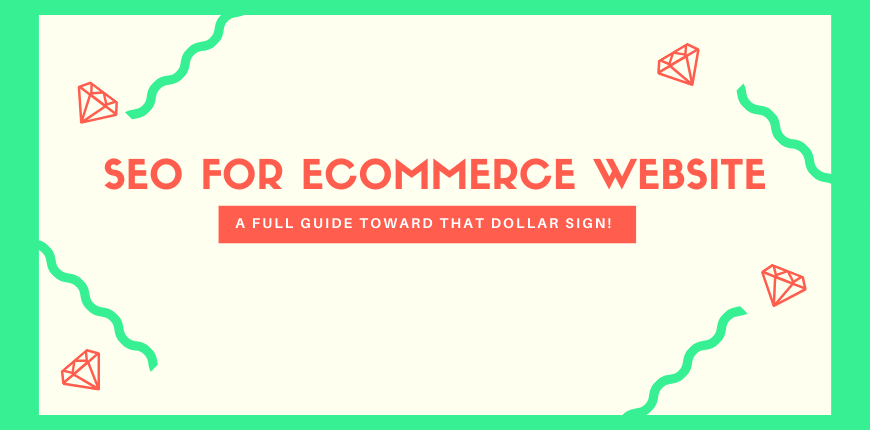Are you struggling to find the answer for the million bucks question about how to SEO ecommerce website? Search no more because we will reveal the secret right here!
As you know, SEO for Ecommerce is a must. End of discussion.
Matthew Woodward just dropped a full-length guide on SEO and now, let’s discuss it.
The business model in this Internet era requires more exposure to products than the quality they withhold. Making Google favor your website is the smartest route you can take to success.
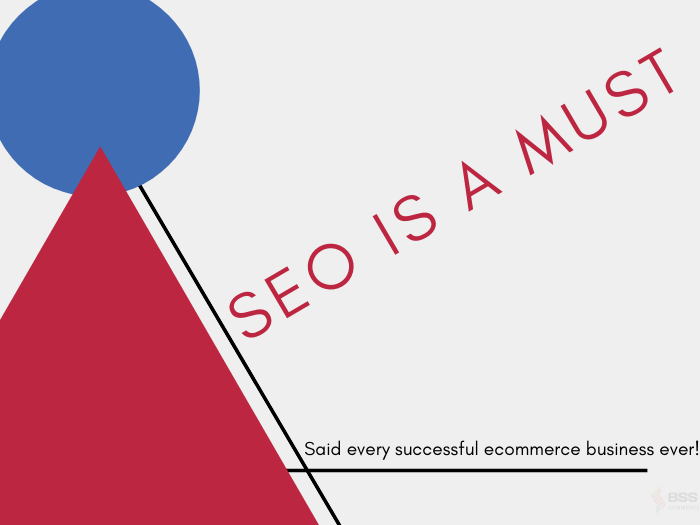
Today, we’ll map out the entirety of how to SEO for ecommerce websites in an easy A-B-C step-by-step.
In addition, this article will introduce you to the best SEO practices for eCommerce checklist with detailed case studies to sink your teeth in.
Let’s begin.
Reasons To SEO Ecommerce Website
Table of Contents
On paper
The side effects that eCommerce SEO best practices can riddle and amplify is massive.
Master the art of how to SEO ecommerce website and you will thrive to the top both in traffic and sales conversion.
The first immediate impact of SEO efforts lies in your website traffic. By featuring on Google the 1st result page, you will attract a huge and constant flow of visitors to check out your website.
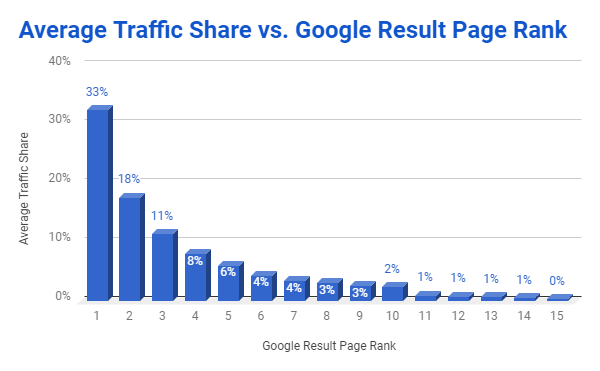
That curve from traffic and page rank is a real beauty. Top 3 spots on the SERP get more than 50% of all traffic share in the market.
Along with that number is your sales performance going upward: both in the ratio and total result. The 2nd ver of that statement can be easily proven.
Assume your percentage of conversion doesn’t change. Then, the more traffic you get, the more revenue you accumulate.
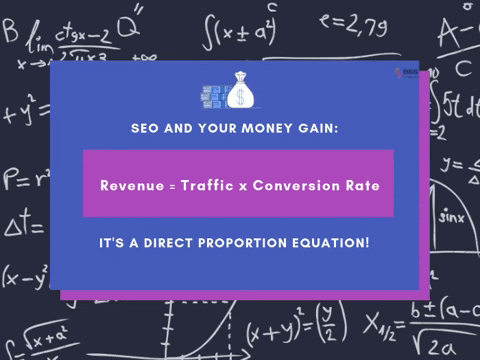
For the claim that good SEO for ecommerce product pages increase the CRO (Conversion Rate Optimization), it’s a combination of:
- The grow of intended customers
- Better pagespeed
- Better sales copies
- The gain of authoritative and trustworthiness signals
x4 traffics in 8 months: A SEO for ecommerce website case study
It’s good to have a blueprint of SEO success to learn and compare again your own website.
Let’s set the scene:
This is an example of best SEO practices for ecommerce, in the form of a furniture business. They were local-oriented, decent in brand awareness and their website was decent.
Their goals with the SEO plan was to:
- Optimize full-page SEO
- Channel more trust and brand recognition signals
- Increase revenue
Now, we’re just gonna jump straight up to the juicy parts.
Within 8 months, after perfecting ecommerce on-page SEO, this furniture shop went up 417% in their organic traffic division.
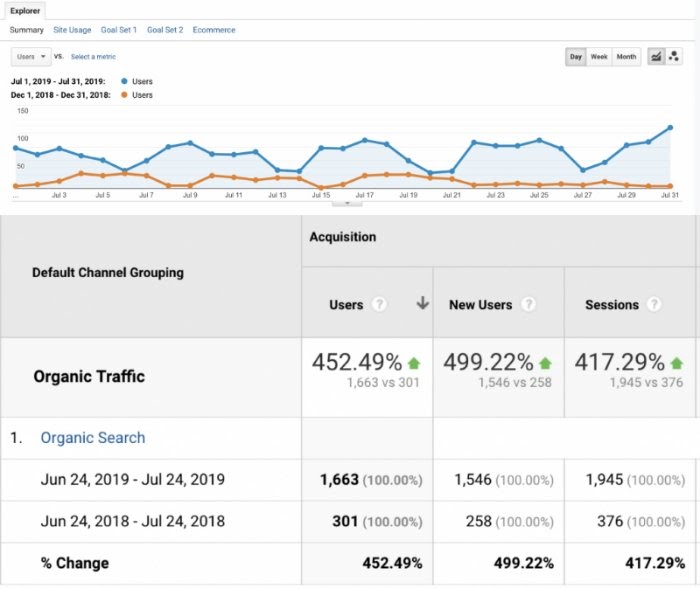
Accordingly, the total turnover also doubled from $43k to $91k per month.
The circle of best SEO practices for ecommerce website
This is the principle of how to SEO ecommerce website, regardless of the business niche:
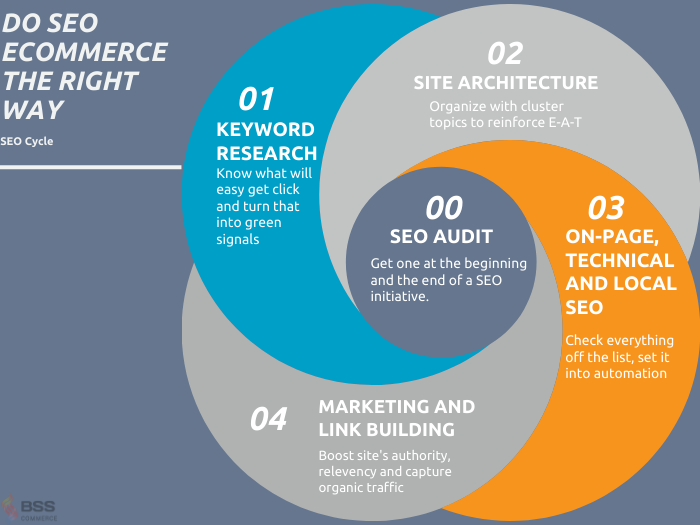
And I’m gonna link you to the in-depth analysis and tool for each step:
- SEO Audit: To know your SEO-worth and what needs to be fixed.
- Keyword Research: To determine keyword difficulty, relevancy and search volume.
- Site Architecture: Make sure the URLs are SEO-friendly and point/branch to other content in the cluster topic.
- On-Page SEO: Set the SEO of all product pages on-point.
- Technical SEO: Pave the way for bots to crawl your website.
- Local SEO: Localize your website for better search and conversion rate.
- Content Marketing: Prioritize SEO content as needed while maintaining expertise on the topic.
- Link Building: Both internal and external. Learn from the case study here.
The rest of this article will focus on each stage of this circle with tips, tricks, and tools to help better the process at every front.
#1. SEO audit: Validate the foundation for SEO success
This will be your 1st and last step for every SEO for ecommerce act you make.
Jumping straight to building links and tweaking your site structure without a proper understanding is not a smart move.

And on that note, most of the ecommerce website suffer these problems:
- Cloudy Google Index with duplicate content
- Flooded URL Parameters
- Outdated metadata
And here is how you discover them (in two most effective SEO Audit tools, in my opinion)
On-page SEO Audit with Screaming Frog
Features and benefits
Screaming Frog put you in a Google bot crawling your own site. Therefore, you can perform these tasks:
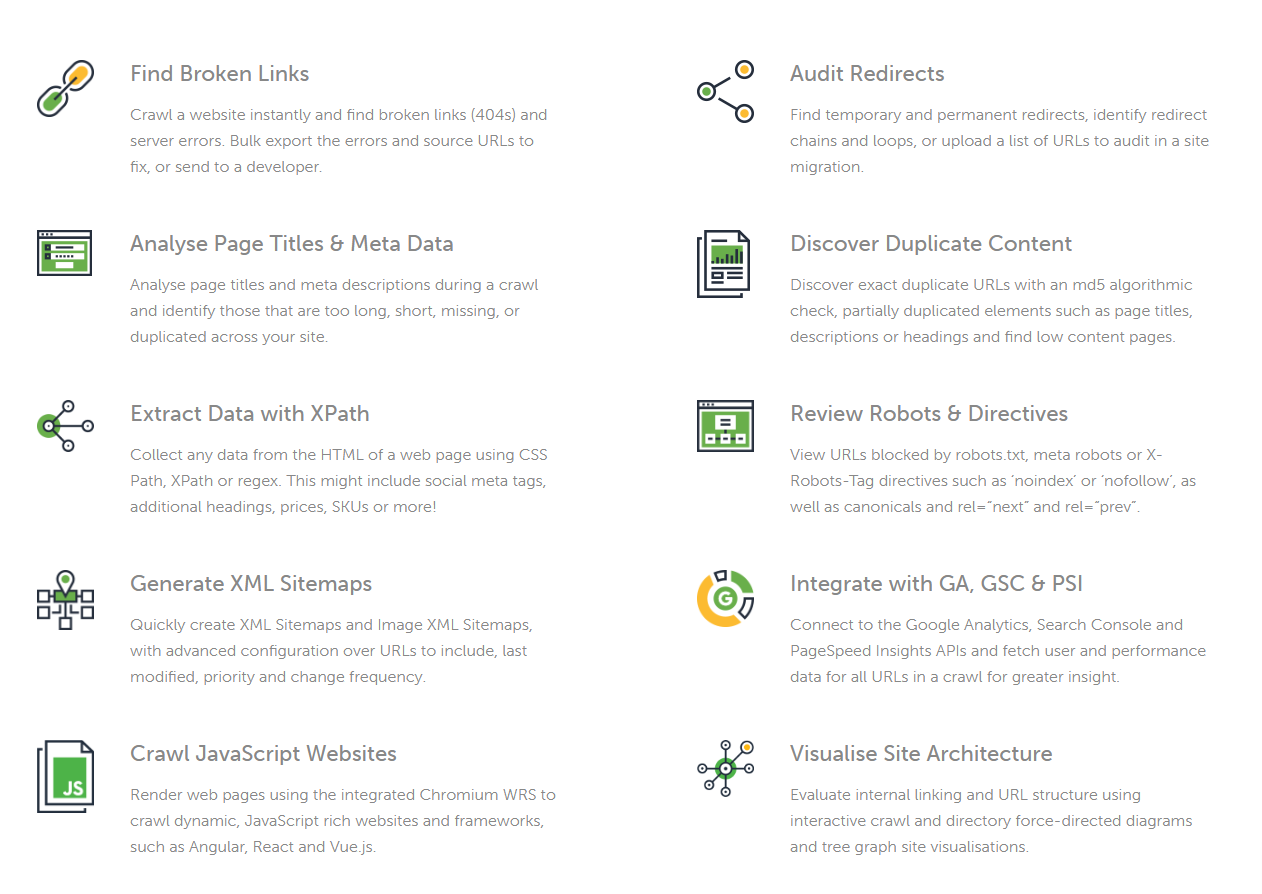
To start, get on the website. Depending on the size of your ecommerce website, you can choose either a free or paid version. Luckily, the free one offers up to 500 URLs, after that, you can proceed with £149/year.
After downloading and installing, proceed to enter your website domain and press Start.
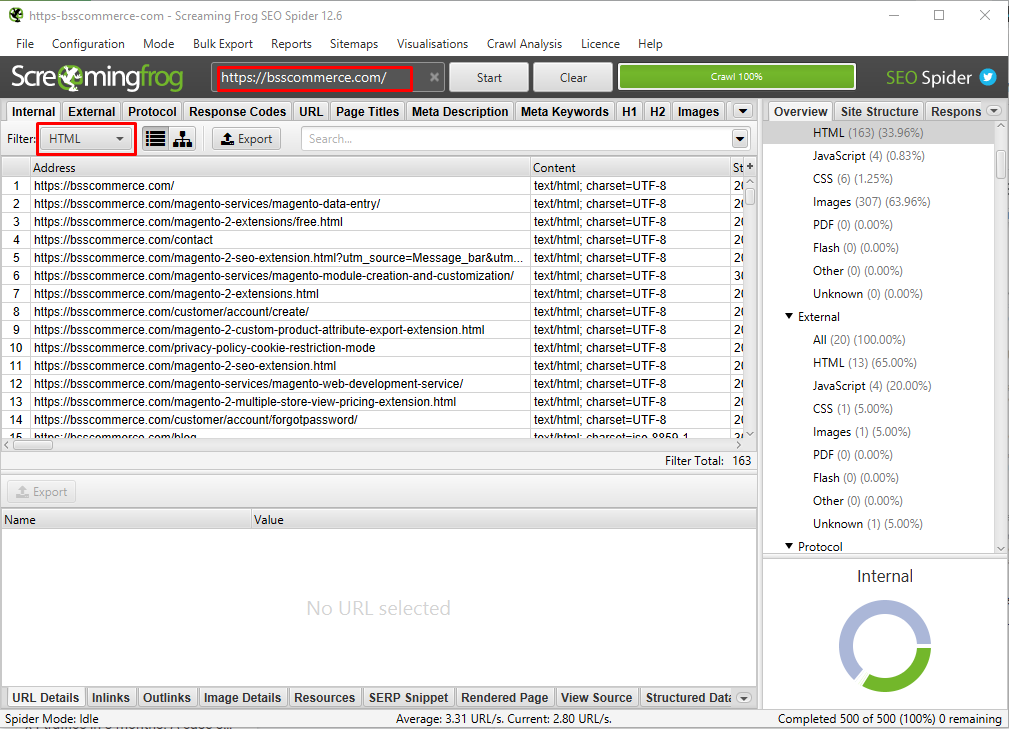
Wait for the crawl to finish then use the Filter option to sort out your wanted result.
Next, you can export the file as needed.
Now it’s time to work information out of this full report.
Narrow down report with leads and filters
You can choose what leads you want to appear and further observe with a clear filter. Here are some of the most important report you should look into:

- Sort Duplicate, SEO-friendly URL Content in the URL bar
- Check on repeated or Missing metadata in Meta Description and Meta Keywords
- Investigate the Page Titles for Duplicate, Over/Under Characters, H1 tag
- Don’t forget Alt Text for your Images
- Look for Missing and Others filter in Canonical
And as you can see, you have a lot more areas of your website to explore and look into.
Do me a favor and read up on it.
Improve UX in no time
At its core, Google will prefer content with better UX. That’s why you can make a lot of SEO improvements by bumping up your user metrics.
Here is how you do it.
Choose the right theme
It’s no secret that how customers perceive your content largely depends on the way you present it. But there is more to note than the big and small font of the text.

UX design is vastly influenced by coloring and placement. Therefore, a good way to step it up is to change your theme.
UX theme calls for functionalities and highlight features being accessible and aesthetically pleasing. This way, it can translate your intentions successfully to your customers.
Go mobile
With the growing population of smartphone users, it’s a wise move to invest in mobile-friendliness. Technically the truth.
However, SEMrush did their research and came to the conclusion that certain niches of ecommerce did perform better on mobile, while others did much better with PC search.
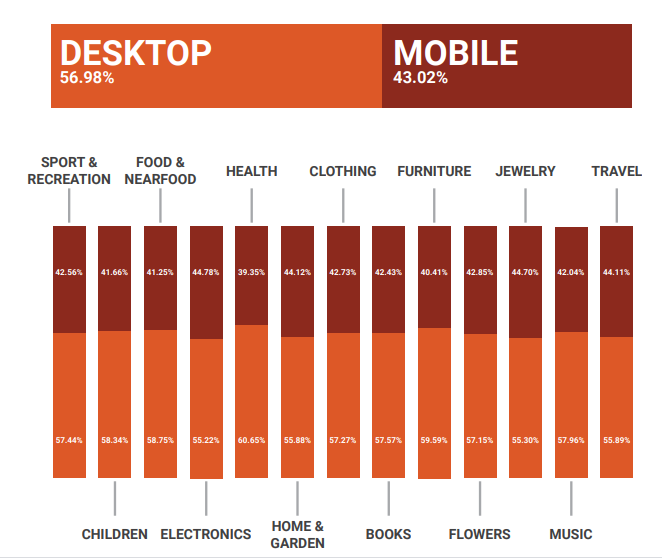
Follow up this chart, you should spend more on mobile-interface if you’re in electronics, home & garden, jewelry, and travel business.
Important note. That statement doesn’t mean you can ignore your phone owner demographic if you’re not one of them.
Still, Google is pushing forward mobile-first, it’s a matter of sooner or later.
Remember this when you prioritize your SEO needs.
SEO-proof URL tree
No one wants to go fishing on your webpage. You need a clear and smooth URL structure that helps customers easily navigate and interact with.
Start off with its component: URLs. Keep every single one of them SEO-friendly.
READ MORE Magento 2 URL Rewrites Full Tutorial to improve your website’s searching rank!
In short, you want them short, sweet and organized. There are some unsaid rules about what it takes to have a good URLs tree:
- Tree view over list view.
- Sitemaps, breadcrumbs are always welcomed.
- Less than 3 clicks from the homepage to the product page. Measure by page depth.
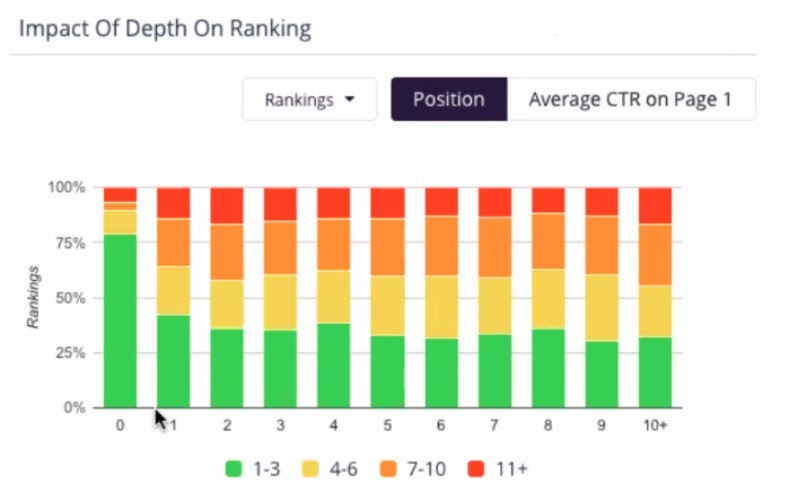
The closer your page gets to its homepage, the better chance it has to succeed on the ranking page.
Improve page loading speed
Pagespeed score vs. Fully loaded time
There is a difference between page loading performance and the time it takes to fully load the page.
Let me show you how by using GTMetrix. We tested 2 Magento 2 extension providers’ websites and this is the result.

As can be seen, despite being double in fully loaded time, the second-row domain gets a far better score in terms of pagespeed.
There are so many leads that contribute to the pagespeed. Still, within the GTmetrix’s report you can click each category and collect recommendations on how to make your site perform better.
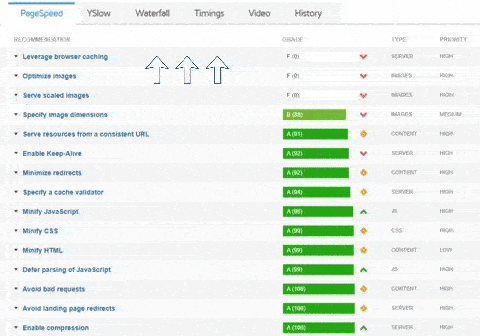
Notably, you should pay attention to your page size budget and start to use CDN.
This step will lighter your whole website by storing web content on the Cloudflare.
After that, make sure you follow this guide:
- Avoid redirection if you can. It weighs down your site.
- Better server response time.
- Checkout YSlow to better caching your site.
- Compress CSS, JavaScript, and HTML.
- Use CDN or other similar in nature.
- Optimize Added Visuals. Use the right format (check out this bit about Progressive JPG by Google’s Developers)
Pagespeed optimization best practices
To start off, check on your website to have an idea about how your site is performing. At this stage, you can use GTmetric, Google’s Lighthouse (more advanced but requires background to interpret.)
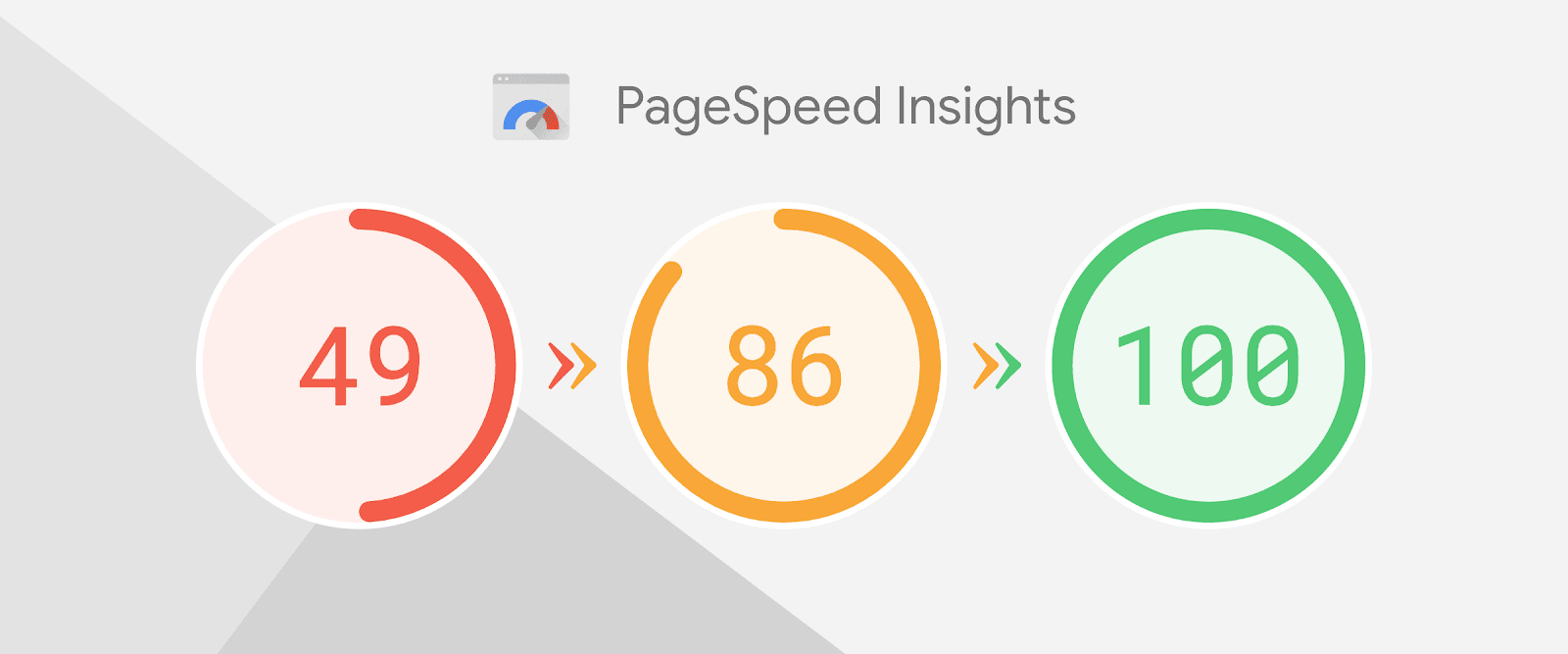
And this part will come later in the post, but we want you to make your mobile performance up-to-par as well. You can check that with Test My Site.
From there, your job is to gather leads and determine the area that needs improvement. Categorize and prioritize them to help the SEO effort much more enjoyable and manageable.
In terms of tools for speeding betterment, if you’re on WP, check out WP Rocket.
It’s good to take the matter into your own hand. But this side of site optimization does require professional care. Therefore, leave it to your developer team.
#2. Keyword Research: Building an initiative
This is another important step of how to SEO ecommerce website
Keywords influence every step in your SEO plan. It’s the key ingredient that conceptualizes your SEO initiative.

You need keywords to optimize SEO for ecommerce product pages. At the same time, the keyword plays the main role in technical SEO with your SEO-friendly URL must include it.
But before jumping into where and how you can find keywords, let’s lay down some rules.
Rule of thumb
Specify keyword to customer journey’s stage
Naturally, your keyword should specifically address each step of the customer journey. This way, you cover the entire track and gain quality traffic with conversion power.
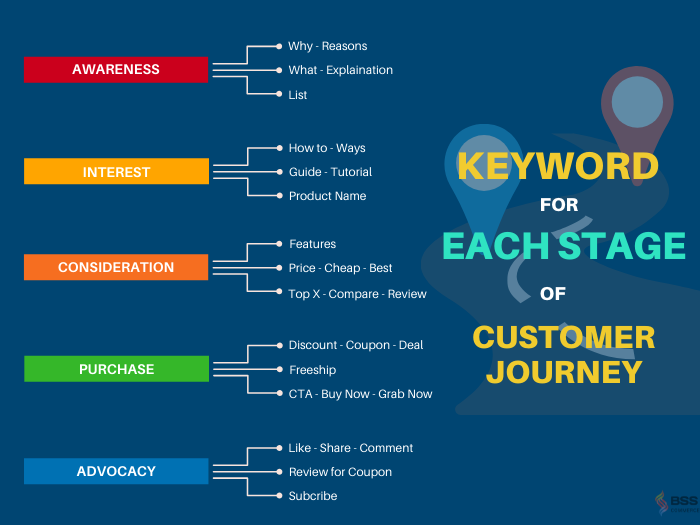
The reasons behind this approach are clear – you want the funnel to intentionally sort your customers into categories: the potential, the seeker, the engager and the purchaser.
While it’s obvious that someone types in “Jordan air force 1” will likely buy immediately, you also want to lure in the one that searches for “best Jordan shoes”.
This way, you can expand your customer funnel and blur out the lines that separate all the layers.
The 4 criteria for keyword evaluation
You want to make sure you have the standard to these criteria in order to successfully build your keyword list.

- Search Volume
- Intent
- Relevance
- Competitiveness
Each one of these is a constant flux. 20k search may be a good volume for a niche of ecommerce but completely out of range for others.
Know your business, not only internally but externally as well. That’s the only way you’re aware of the market and can make your decisions clear, on-time and effective.
Brainstorm, amplify, refine and prioritize keyword
The topic of this part tells you in short what you need to have the best outcome of your keyword research.
- First, do your own part. By any means, brainstorm within your team. Look at your product inventory, list everything down.
- Now, make this list bigger, vertically and horizontally. Here is where and how you can do exactly that.
Amazon – Using Keyword Tool Dominator
It’s best for relevance and competitiveness in keyword research.
You heard me right. We’re gonna venture into the biggest ecommerce site on the web to find keywords.
Amazon is an amazing gold mine of long-tail keywords with crystal-clear buyer-intent.
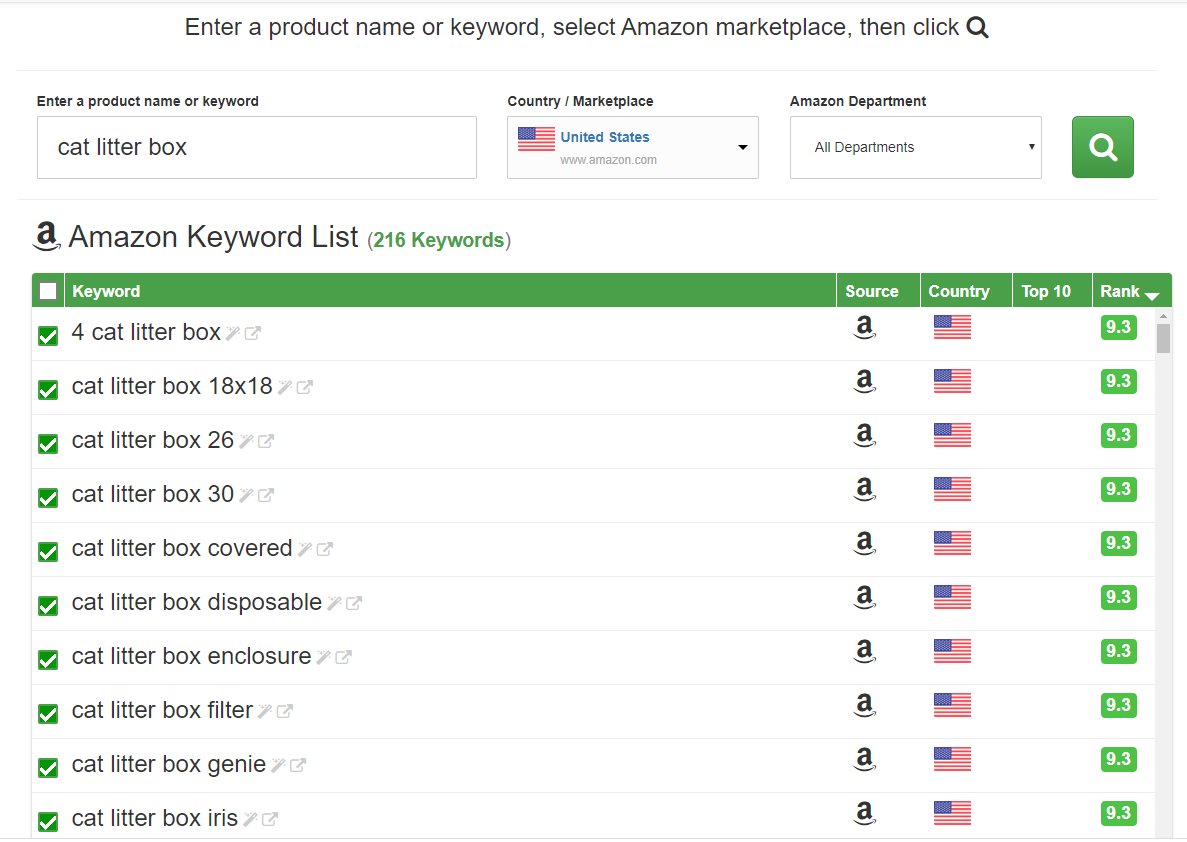
As can be seen, using this keyword tool, you can scrape out a lot of keyword suggestions by entering your own product keywords.
You can also push the limit by choosing the specific market and department if needed.
Moreover, the report is more than the keyword itself. It gives you a full look into the ranking and where or not it’s in the top 10 searches on Amazon.
You can also download the list for further inspection. And that’s a big win.
Google – Using Google Keyword Planner
It’s best to check out search volume and intent.
Even though this is a big plus because it’s Google we’re talking about, it’s not a great place to search for unique keyword ideas.
The broadening aspect of Google results in the keywords they suggest to you being far off from what you typed in.
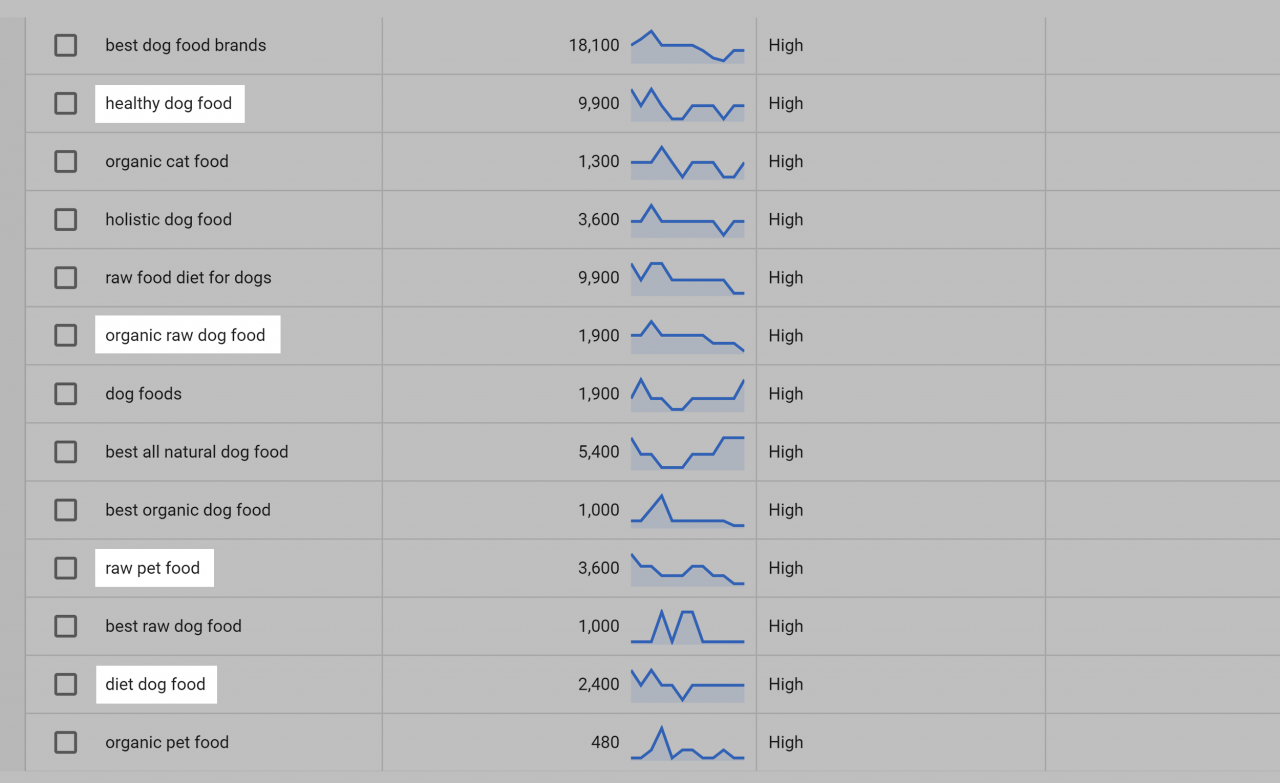
Your competitor – Using Ahref or SEMrush.
Either of these tools is well-equipped to do this job. It’s a brutal fact that you need to compete with others in order to succeed.
And you can do that with competitive research on your rivals. I’m a big believer in visual teaching so here you are:
- For Ahref users:
- For SEMrush users:
- Refine your keyword list. Remember the 4 standards we laid down earlier? It’s time to put them into good use. Scan the combined list of keywords and sort out the best of the best.
- Now you have to think about how much money and resources you’re willing to spend on these keywords. Individually. Put them into a spreadsheet, list out criteria in columns and start your ecommerce on-page SEO.
#3. On-page SEO: Guide to perfection
I’ve briefly touched on this step in a previous article on SEO-proof your site before launching.
How about your already existing website? Well, the list of things to do remains the same. We’ll do it together, step by step.
Metadata
After Google countless attempts on changing the algorithm, there is one thing to be sure: clear the meta keyword off your site.
This is a huge breach of your targeted keywords without any SEO merits. Therefore, you can focus on meta title and meta description only as main contributors to SEO success.
Metatags.io is a real hero in this front. It shows you a visualization of how your ecommerce product description SEO looks on the SERP. From here, you can change it up how you want.
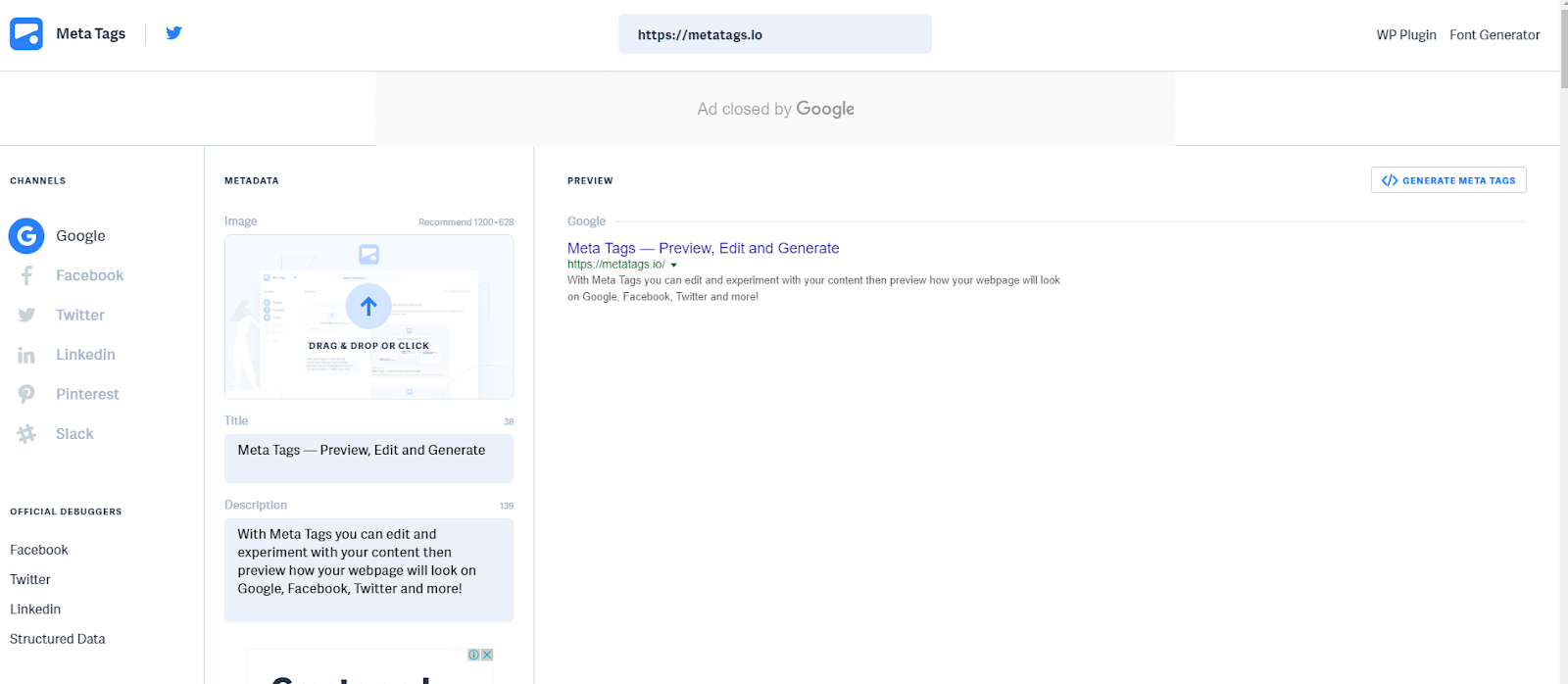
A huge bonus is that you can test them against other facets of traffic like Facebook, Twitter, LinkedIn,…
Making sure your metadata looks nice is one thing, the more important is to make an impact through it. Here is a formula you can take as reference:
- For tittle: 1st Keyword – 2nd Keyword | Brand Name.
- For description: Action-inducing words + 1st Keyword + 2nd Keyword.
Visual-aid
You absolutely need multi-media to better present and engage customers.
But these can harm your site badly if you don’t follow these rules:
- Always have the name of media that fits your content. VD: long-black-sleeve-shirt.jpg.
- The alt tag is a must. That’s how Google understands your media.
- Pick out the right format for your media. Example: video – .mp4, gif – .gif.
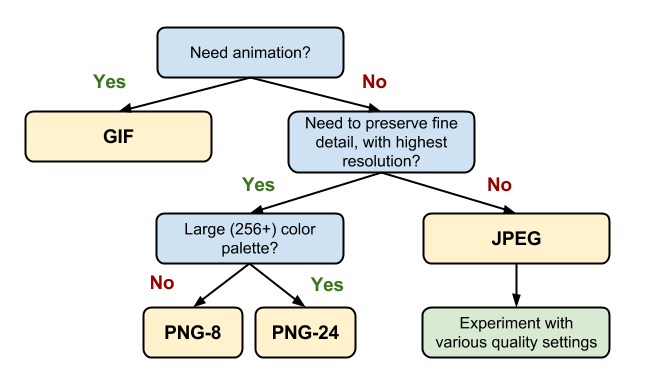
- Size does matter. It affects your bandwidth so the wise thing to do is going CDN.
- Rather than loading one part follows others, allow loading from worst to best quality instead.
And I can’t leave you without a great tool to check out your ecommerce on-page SEO regarding media. If you’re not sure about your need to optimize pictures, check out WebPageTest.
Rich snippet
I can easily cram this with metadata but I do believe it deserves its own spot on the SEO-proof checklist.
Rich snippets are something else special. They don’t affect your ranking immensely in the sense that Google better understands your content.
The weight it has is on the searchers. This box makes it easier to navigate on your site.
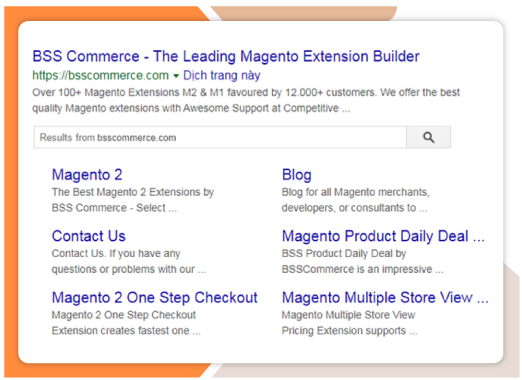
And for the product page, it can add more in rating, review, price, stock available.
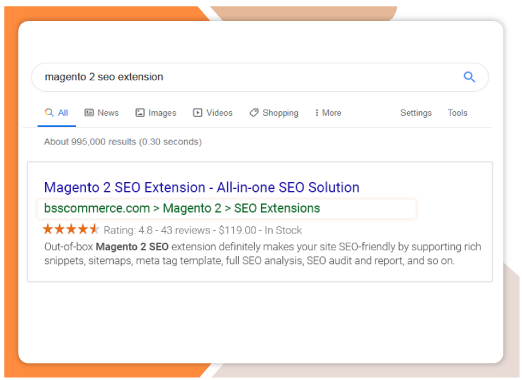
READ NOW Rich Snippets For Magento 2 to figure out the best way to implement them!
Cross-link
We’ve talked about the importance of internal linking. This is a triple-threat SEO tactic as it helps you rank higher, sell better and extend customer value longer.
Amazon has been doing this for ages. As can be seen, they place cross-link under:
- Brought together.

- People also bought.
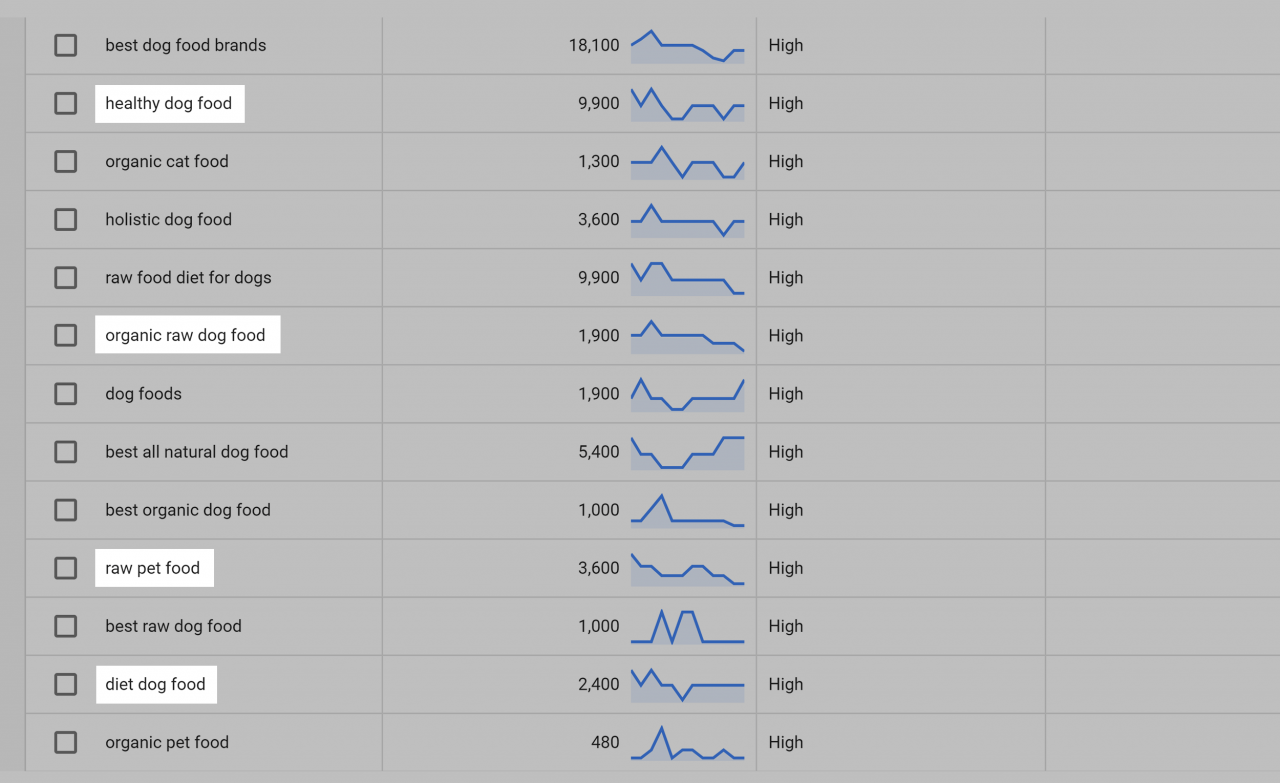
- Listed products due to search history.
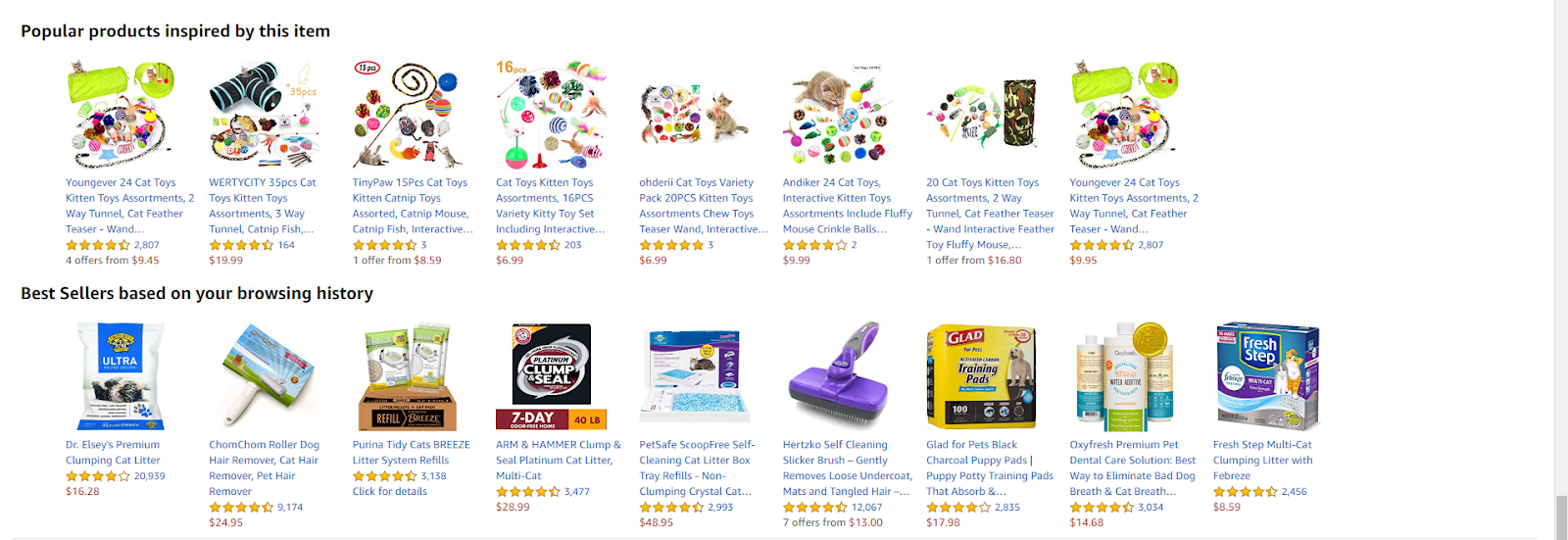
- Browsing history

There is no doubt how to SEO ecommerce website is important to master.
And you can do exactly this to your business with the help of a plugin.
Sale copies
This one doesn’t only apply to landing pages but also your product pages. Both of them require a unique and sellable piece of content attached to it.
One common mistake that ecommerce websites commit is that they copy and paste the description from one product to another.
That’s not going to fly.

Google will strike your site for duplicate content and you’re already in an uphill battle with ranking on this site.
I’ve talked about the structure of a killer product page before. In essence, you want to include every point that I mentioned so far in this ecommerce on-page SEO part.
But content is king and here is how you take the crown:
Find unique selling points (USP)
Always figuring out first-hand what makes your product special. What is so good about it is that it pulls in customers and encourages them to purchase.
USPs can be determined by drawing the Venn diagram below. Think of it like an apple.
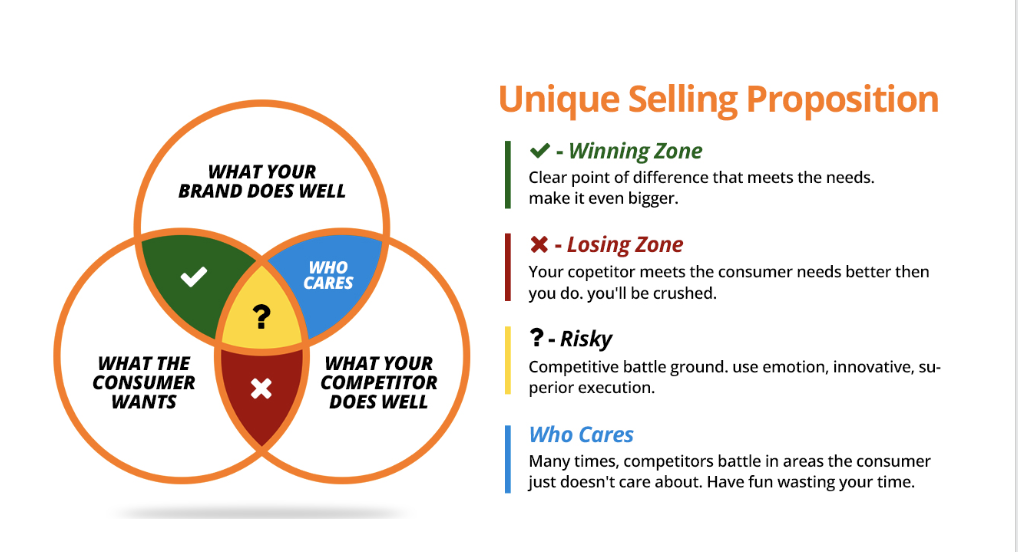
- Sweet spot: When your strong points meet the customer needs.
- Suspicious spot: Proceed with your own risk. This is a battlefield and you need a strategy to engage your weapon in the combat.
- Dead spot: When your customers find your competitors fit their needs better.
- Unripped spot: Don’t bite into it. It’s a waste of time, you don’t get anything from it.
And it can also be your additional aspect to the product besides its features.
It can be your customer service, shipping aid, special give-back (charity included for example).
List-down a structure
You need the backbone to put your content against. SEO for ecommerce product pages call for excellence in product description structure.
I highly recommend this take:
- Overview
- Key Features – Benefits
- Full-on features list
- How-to technique
- Support
Wording is key
Now it’s time to work your brain muscles. Ecommerce product description SEO strikes for the balance between originality and relatability.

It must be unique yet universal to the point people acknowledge the need for it and the scarcity of it.
Write a compelling copy based on USPs and carefully craft it into the structure you’ve laid down.
Or you can hire/out-source a copywriter to perfect this job. It’s your choice.
Now that you have the content, let’s bring out the plan to get it to rank.
#4. Content marketing: Step up the game
The phrase “content is king” is vastly shared and agreed as the pin-point of the SEO foundation.

And I wholeheartedly disagree with that.
Here why.
The king in the chest game (we’re talking about a strategic approach here) is simply useless. For me, content in this context should be considered as the pawn.
- Highest in number
- The way it moves and the way it impacts – different.
- Versatile once gets to the final line – can become anything it wants to be.
To make your content perform at the top of its game, we need some principles.
Content marketing is educational
It pivots toward customers, in the sense of educating, not persuading.
Before anything else, content marketing must come with a level of expertise and understanding of the matter.

The way you present that bit of content – also needs tender loving care to appear friendly and educational.
Melt old & new storytelling together
The content marketing scene is changing from problem-based to customer-based.
Past success SEO plans call for people searching to solve their problems and us carefully plugin our solutions.

But today and age witnesses the rise of head-block content, that is – present people with problems they don’t know they’re in need of.
As Google presents suggestions and online business includes product-related at all front.
But what if I tell you ecommerce on-page SEO storytelling can work these changes to create chances?
Yes, we’re doing it right now.
- Look for the holes in life. What is painfully inconvenient that demands an answer?
- Choose how to educate on the matter: infographics, text, video,…

- Target the intended viewers and its look-a-like files.
That right there is how to SEO ecommerce website with content marketing.
Ride on the customer journey
We’ve talked about how keyword finding needs to fit into each stage of the customer journey.
And because we build content on the keyword itself, what we produce as content also must be framed by the customer journey.
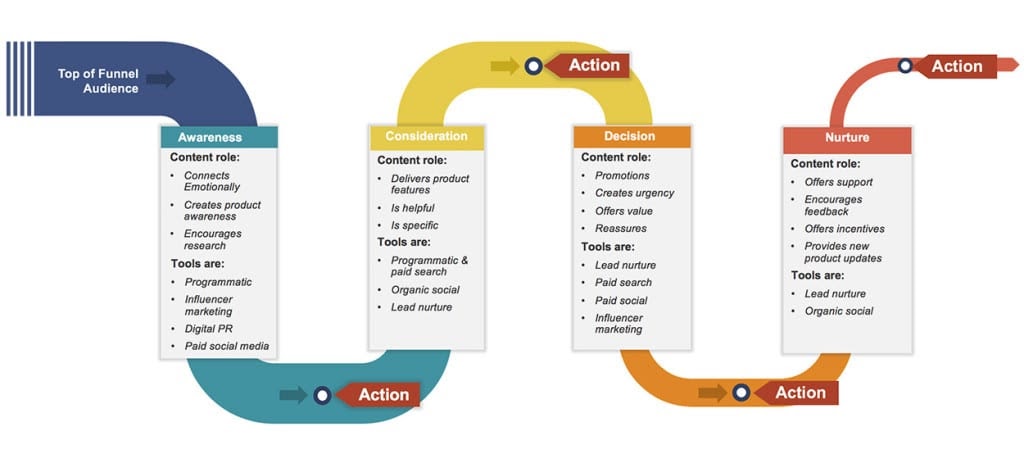
Let’s break it down.
Awareness
In this stage, your targeted subjects are craving for emotional connection and you need to stimulate that through your content.
The premium goal here is to increase the interactiveness of said targets with your products.

Engagement, therefore, becomes the main standard to evaluate the success of content in this stage.
The form of medium recommended for this step include:
- Videos
- Blog posts
- Social posts
- Infographics
- Quizzes
- Games (advanced method)
Consideration
This part calls for sincerity and the best way to promote that idea is clarity.
Be true to what your product is about, bring the benefits to the spotlight with features supporting it.

In this case, I highly recommend using:
- Newsletters
- Events
- Whitepapers
- Webinars
to showcase your message.
This will bring a sense of personal touch as well as customization that ultimately translates to exclusivity. And that’s what you want to set the stone for the next stage.
Decision
“Show, don’t tell” is a great technique when it comes to the art of SEO.

Give viewers live demos, interactive pictures, videos, case studies, … to convey the idea of what makes your products worth a try and worth buying.
Don’t tell them how to feel about your products, describe the sensations that the products withhold.
This stage is all about long-tail and high-commitment keywords. People who are actively seeking these types of keys are already willing to buy, you just need to kick it off a tiny bit.

Therefore, consider adding CTAs, promotions, discounts and other support that come with your products. It’s a definite must.
Engage in social media
As social media is turning into more prevalent, driving highly-convertible traffic from them becomes more tempting and possible than ever.
You have a massive audience to target and since they’re already in social media – they’re willing to engage.

This makes social media the utmost powerful content marketing actions. Both in a paid and free manner.
Kombucha – the massive America-based health drink has done its part in social integrating. Their CEO captures the soul of online culture as a new form of how to SEO ecommerce website.
The brand then appears more “human”, genuine, and connected. And it’s free (we’ll talk about paid promotion later.)
And that’s what the power of social media is, it promotes relationships. Which you can monetize to sell your products.
More tips and tricks
Paid promotion
The entirety of dropshipping is built upon paid promotion.
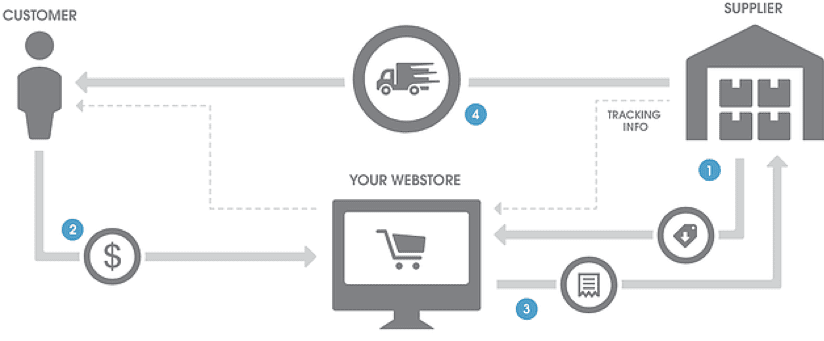
They market the hell out of the same products you can get for $1 off the Wish’s site and mark it up to 500%.
And more on that note, all social media are now promoting the sponsored posts with great support from the audience insight they’re willing to give you.



And of course, Google does it as well.
Paid promotion works great for new and upcoming ecommerce sites. You can kick off your traffic immensely through it.
But it still involves the care for the content you write. It’s still the make or break of your entire marketing plan.
Google Analytics
I encourage every ecommerce site ever to have its own Google Analytics account.

There is nothing else better than the source of your biggest traffic telling you how you are doing in terms of SEO for ecommerce product pages.
From there, you can better posts that are doing great and monitor others to keep the same energy throughout.
All and all, a great tool for SEO and site’s performance measurement.
READ MORE Magento 2 Google Analytics to learn how to set up Google Analytics in 5 easy steps!
A/B testing
This should come out as no surprise to you.
You need to test out your post and figure out the best model that works in your favor.

And A/B testing is the best way to do that. You can gather all the metrics from such small-scale experiments and amplify for your bigger marketing strategies.
Plan the posts
One thing that ecommerce on-page SEO needs is consistency. You want to make sure your post goes out on-time, on-topic and on-par with the standards you set.

That’s why I highly recommend building a spreadsheet to monitor your schedule post monthly. Bonus, you can monitor traffics, do inspections for updates easier this way.
#5. Link building: 6 result-guaranteed strategies
It’s time to build your backlink.
But first.
Rules (more of a guide)
Going on building links without a guide is not a smart move. In fact, you can’t waste tons of resources without many gains.
Therefore, let’s set down some rules before seeking backlinks:
- Links must be healthy. We’ll go into detail later down this post.
- The source of the backlink must be relevant.
- Be content about the anchor text. Don’t be spammy.
- Be careful with time to build links.

- Estimate and calculate traffic from backlinks.
- No follow and follow. Mix it up.
- One ultimate goal at a time. Gradually with targets or naturally earned.
And there are some don’t you must take note of as well.
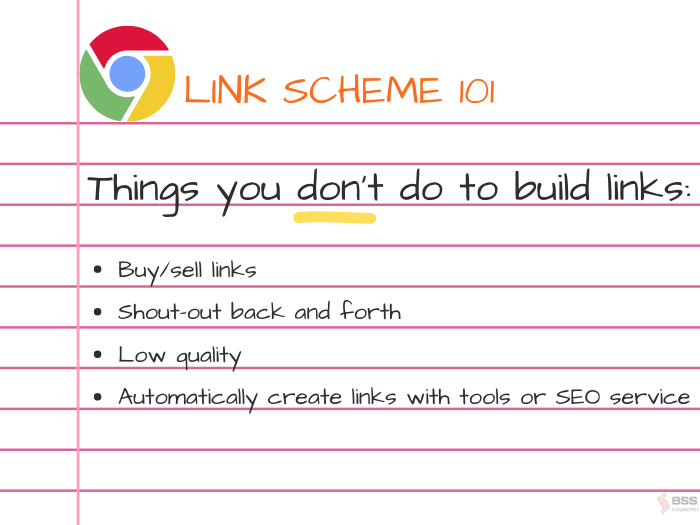
In the next part, I will go in-depth on some of the most prolific link building tactics that stand out and get results.
Copy your competitors
There is no better place to look rather than your own niche of business. SEO for ecommerce products with similar features all come down to who has the best marketing scheme.
I will teach you how to do that using Ahref.
In Site Explore, paste in your domain and navigate to the Competing domain on the left menu.
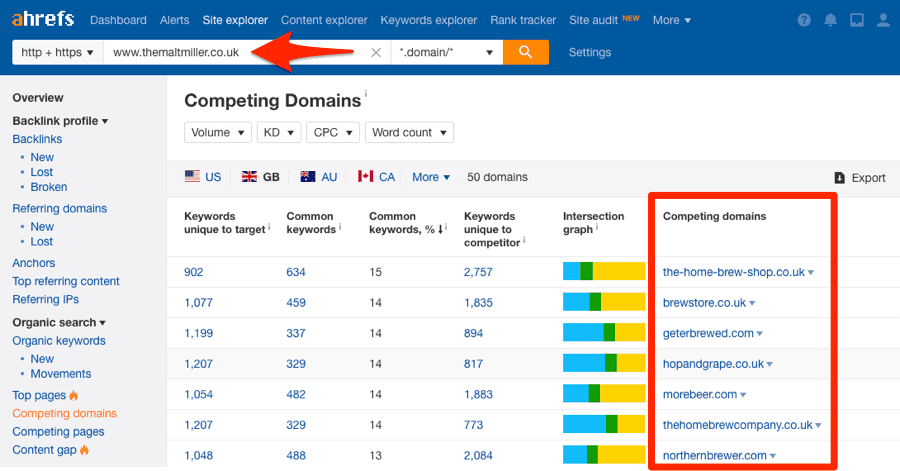
Pick out 3 top competitors and start to analyze their domain.
In Backlink, use the filter and look for their:
- Forum:
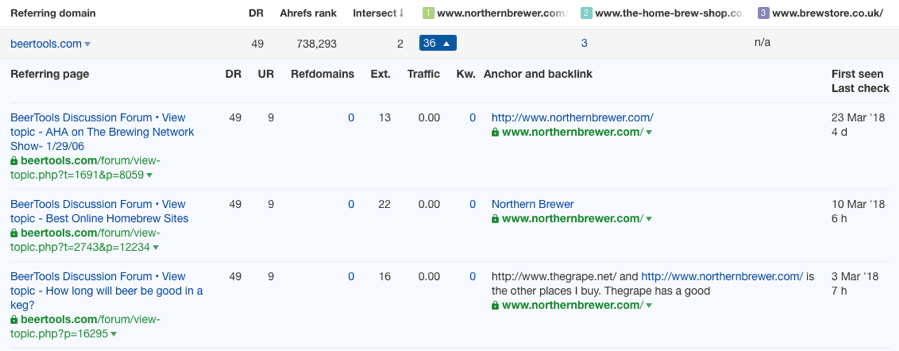
- Link page:
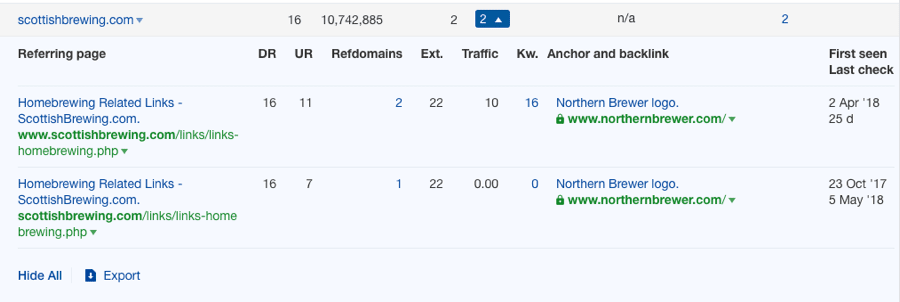
- Relevance in business field:
You can Export these results for further inspection for ecommerce on-page SEO later as well.
The wise approach is to load all these results into a spreadsheet and lets the filter do your work.
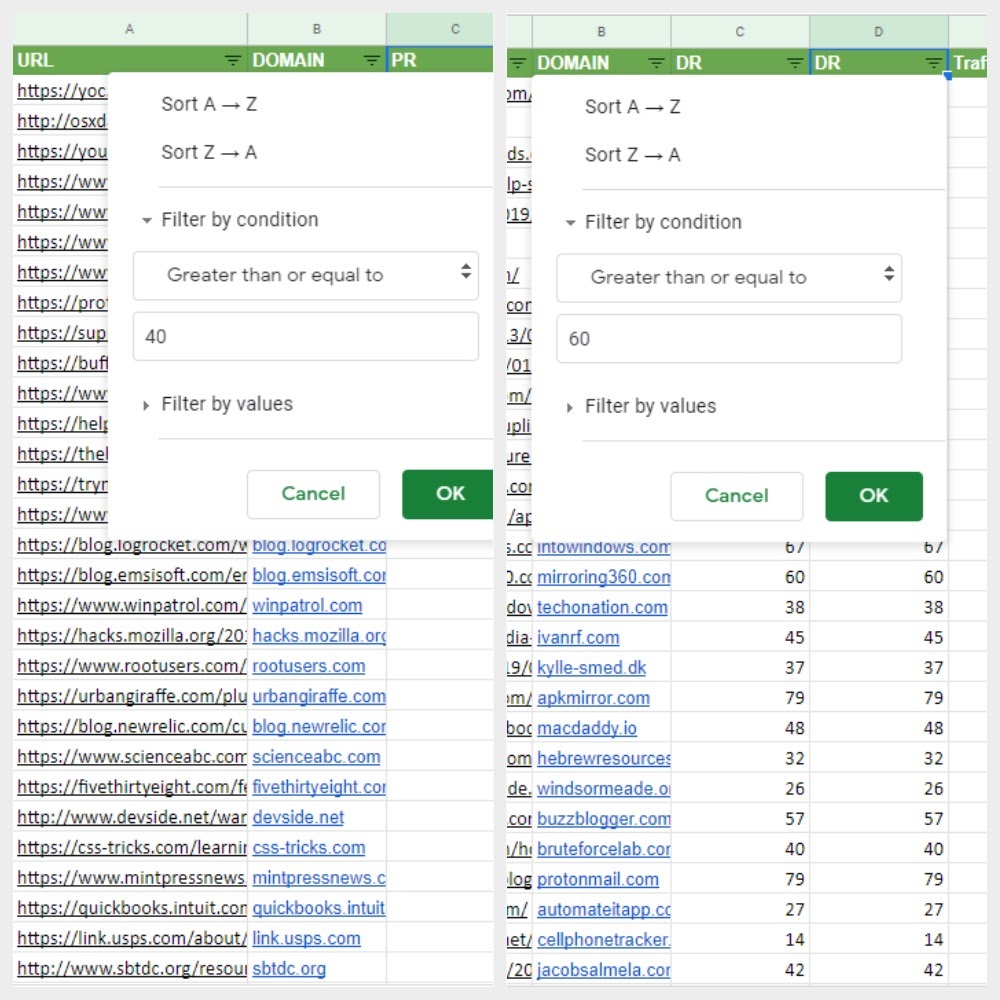
Generally, you can filter for over 40 in page rating and 60 for domain rating.
This way, the domain can be considered quality.
From then, take a look at the link, learn how your competitor gets featured over there.
Copy that.
Geography preference
This tactic will come in clutch if you’re targeting a specific country/region.
First, you do exactly as the 1st link building strategy but sorting for domains in different countries than you.

Redo the sorting and find out where they got featured.
Offer them your link with description: “Hey, I’m offering the same product/service at this *your region*, I think your visitors will find this useful”.
This way, you can earn some links while expanding your local SEO.
Get links from the stockist website.
Googling is a skill. I promise you that.
Here is how you google out the site that features other ecommerce for buying recommendations.
Go to Google, type in: *your product* intitle:“where to buy” OR intitle:“stockists”. The SERP will spit out a list of websites that you can ask to get links from.
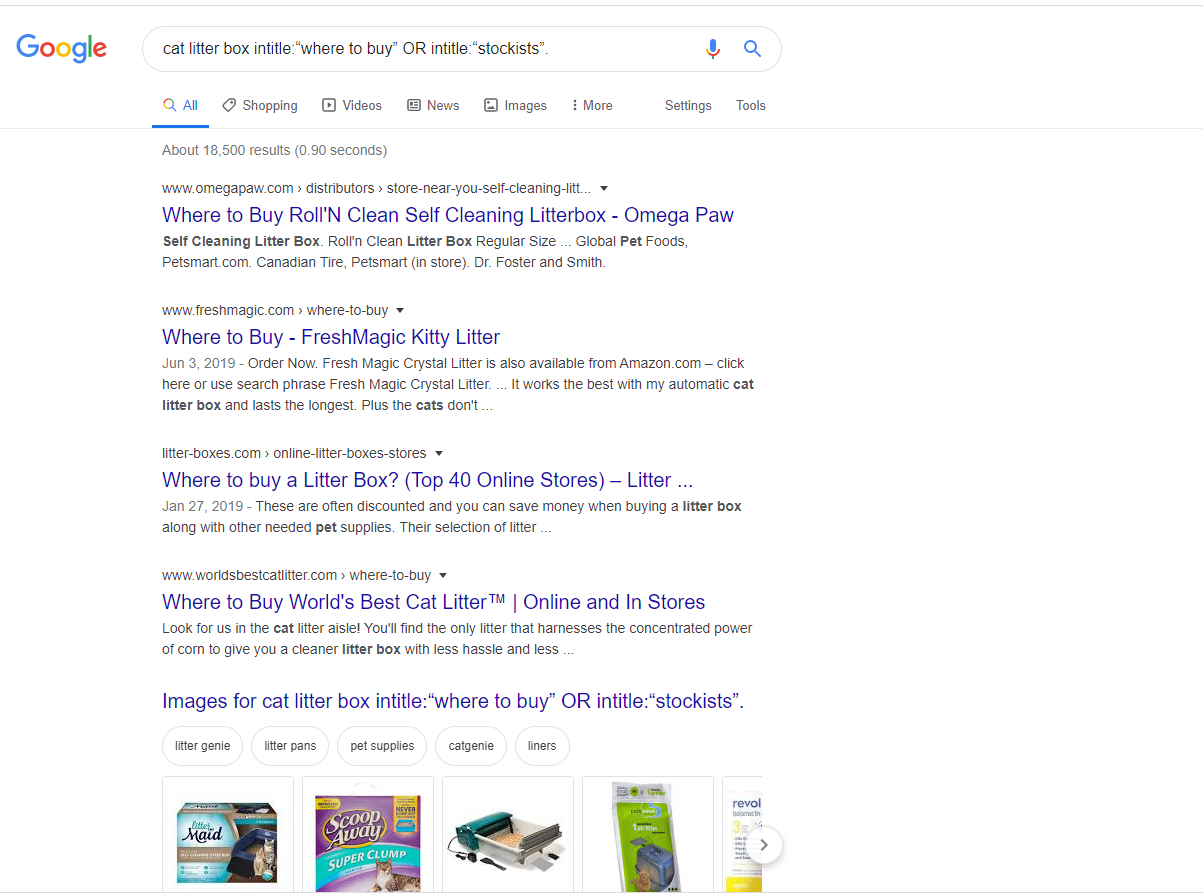
And there are many more unique searches you can produce on Google using their refine web searcher.
Guest Posting
Guideline
This is more popular for authoritative websites, but that doesn’t mean you can make it useful for your ecommerce site.
On the other hand, you can strengthen the relationship with fellow bloggers and websites to further widen your network and drive traffic from there.

Doing a guest post is really easy.
- Prepare yourself a handful of content related to your products and business.
- Now, using a specific Google search to find places that offer guest posts. #Keyword: “write for us”, “become a contributor”, “guest post”.
- Rank the results. Pick out the potential ones.
- Reach them using email. Offer them 2-3 pieces of content. Must be relevant to their site.
- Keep the communication going for further collaboration.
Among these, you can save the 1st step and engage after outreach. This way, you can be more genuine in your guest posting.
Also, it keeps your content fresh and relevant.
Evaluate guest post site based on domain rating
From 0-20.
Lower domain rating isn’t indicative of a bad site. Over a billion websites are published every day and this may be one of them. Therefore, DR of the said website will grow over time as well as your guest post SEO values.

Don’t be hesitant to write guest posts for lower DR sites with legit appearance.
Between 20 and 70.
This is a genuine sweet spot to harvest SEO for ecommerce product pages through guest posting. Their DR is confirmed by Google and you can definitely call the link from them quality.
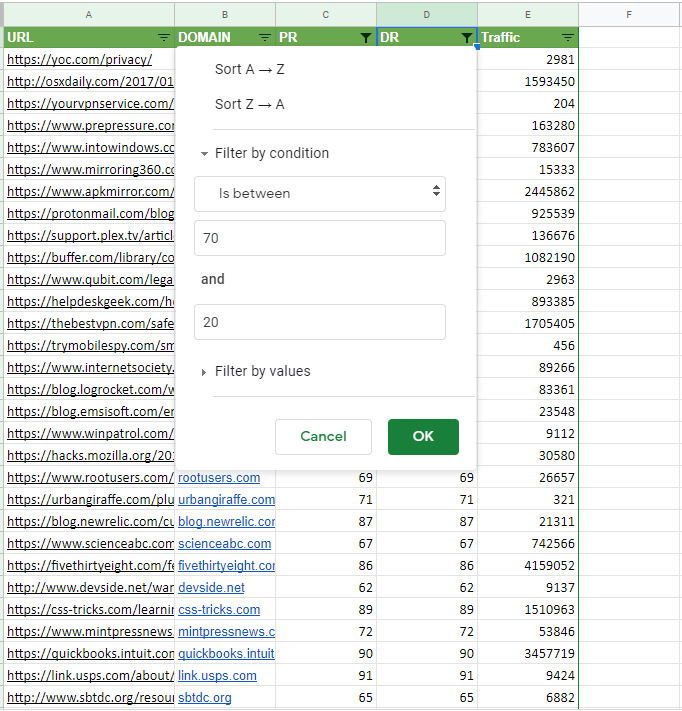
The closer it gets to 70 in domain rating, the harder it is to get features. Therefore, consider your own skill of writing and pick out the one that fits you the most.
Higher than 70.
We’re far from the shallow now, this is the deep end.

If you want to get a free ride on these Roll Royce of blogs, you must have a big influence on your field.
Can’t find blogs for your niche? Market overlap!
Special thanks to authorityhacker for this tip. This trick can be sum-up in the picture below.
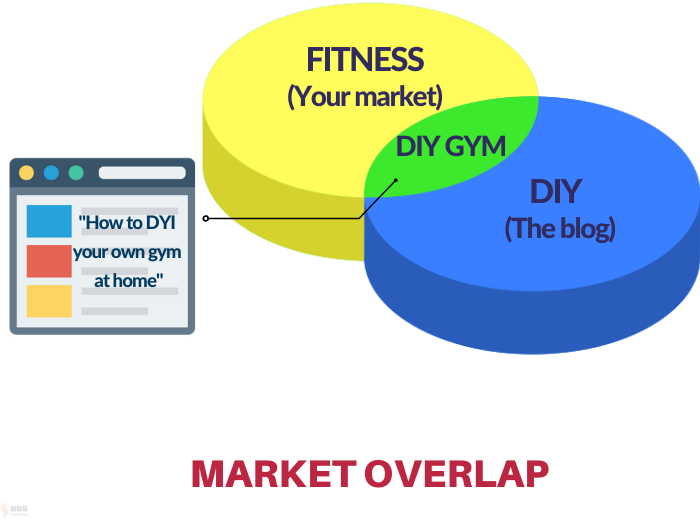
As can be seen in the example, you find where your market and the blog you’re about to feature overlap. Then, create specific content toward the topic.
Therefore, you can glue two niches that don’t have anything in common together and get unlimited chances for guest posting.
Only accept contact form? Use Text Expander!
Some websites have muted their contact email due to the overflux of outreach and replaced it with contact form.
Manually checking back and adding in the right content to ask for guest post opportunities is a tiring job.
But Text Expander can help you immensely with this ecommerce on-page SEO tactic!

This Chrome extension allows you to create shortcuts for text. For example, fitness1 can stand for your entire draft of the guest post pitch.
That way, you can save tons of time on reaching out to people through contact form!
Fast featuring with Ninja Outreach
This amazing tool finds the prospects and sends them an invitation in a 3 click process.
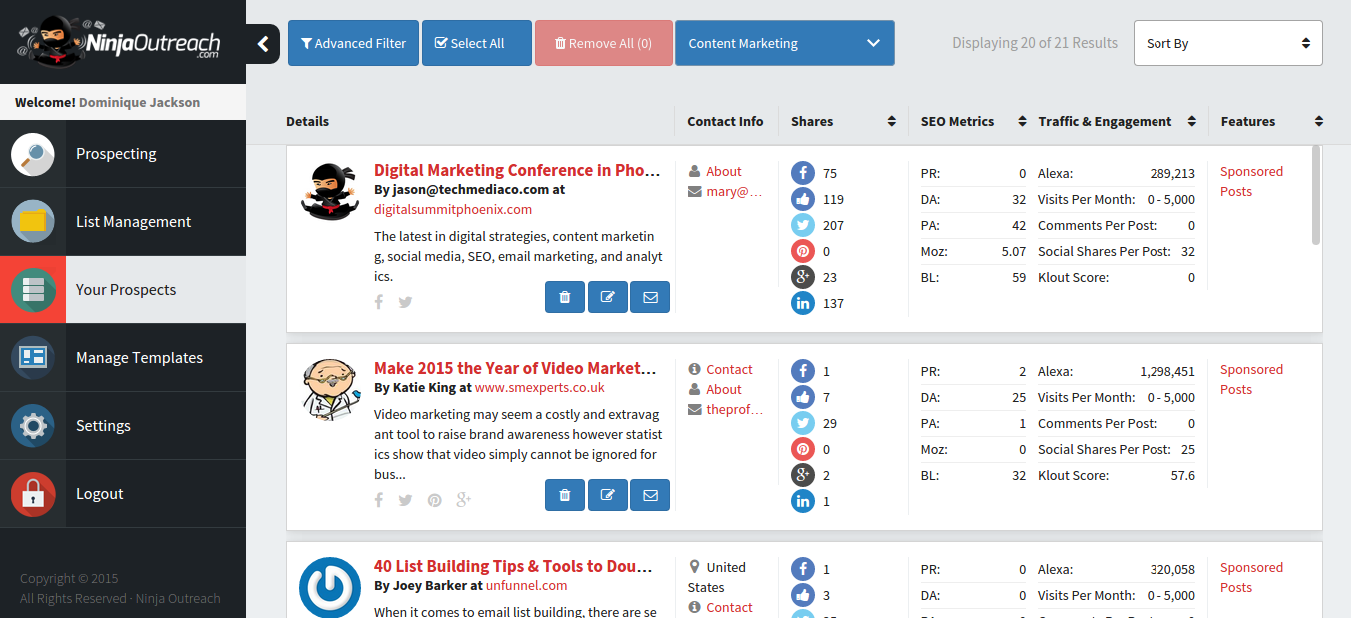
This will mass-produce prospects for you and all your job is now is to create content to get on the guest post.
Normally, it would take 2-3 rounds of edits to have the copy that gets published. After that, you can plug this accomplishment on your social media to kick off traffic to the post.
Local SEO link building
Google will recommend websites based on the location of the searchers. Especially for mobile search, which is growing immensely.
For example, if you search for an iPhone, the result when you’re in Vietnam will differ from when you’re in the USA.
On top of that, local traffic has better conversion values. It’s just simply that you’re willing to buy a product near you rather than somewhere overseas.
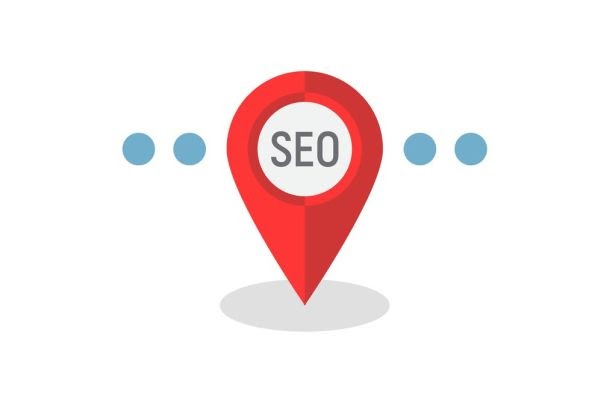
Therefore, it’s a must to get on local SEO as an SEO for ecommerce product pages optimization.
Let’s break this process down.
Set your profile on web crawlers
Get on Google My Business listing
Here is where you enlist your business with Google. The guide is clear, all you need is to fill in the bank.
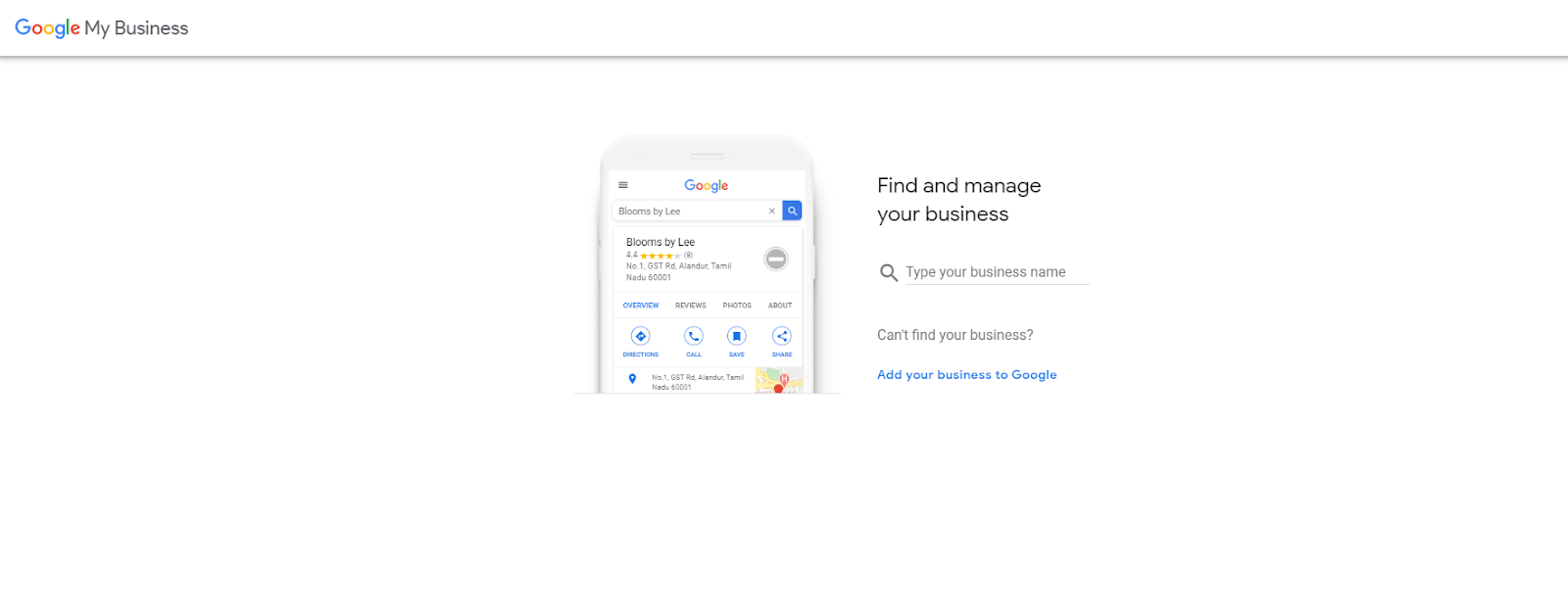
GMB is a top-tier ranking factor for both “snack pack” and organic results on the SERP.
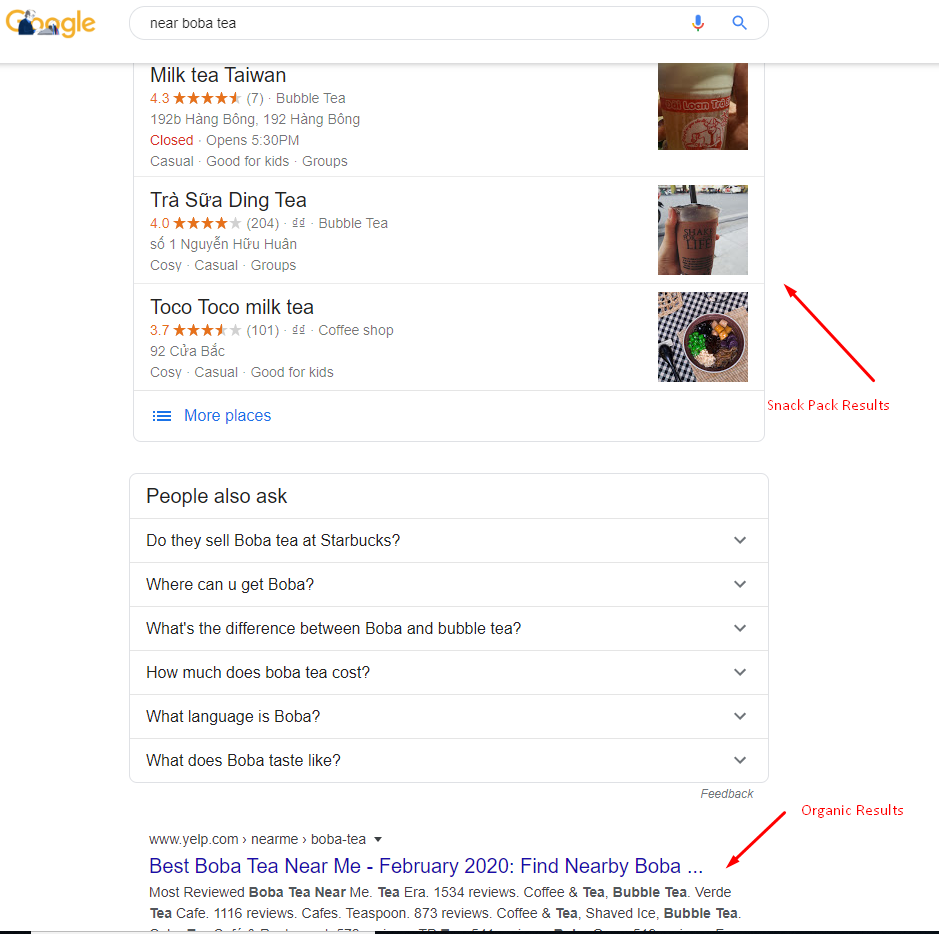
Snack Pack results are the 3 most high-profiled businesses recommended by Google as the 1st thing you see on the SEPR.
Getting there will guarantee you a good traffic source through and through.
Get on Bing Places
I know. Bing has been the butt of the joke for a long time now.

But getting listed here only takes a few minutes and you don’t want to waste any chance to advance SEO for ecommerce product pages.
Here is how you do it.
First, check out if you’re already featured. Go to Bing Map. Type in your business name.
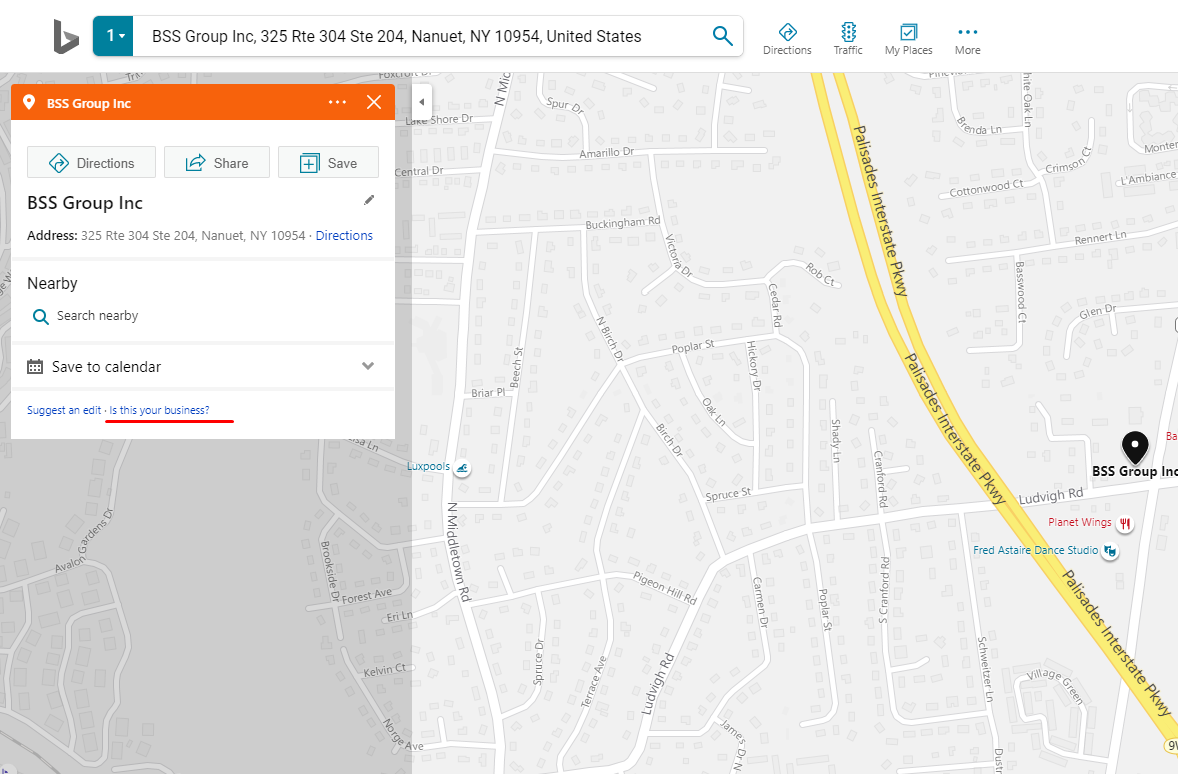
If you’re already on this map, you can claim the business for yourself (the tiny blue text at the bottom) and start from there.
Other than that, you can list your business from scratch here. They also include the option to import data from GMB, which saves you even more time.
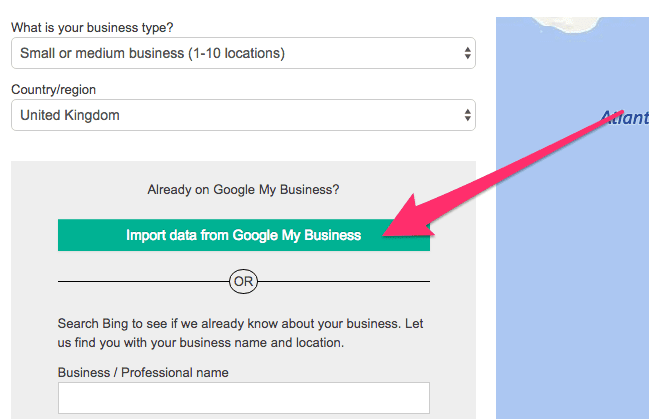
Get on Apple Maps
The voice search is on the rise and Apple has a fair-share in the mobile-users market.

These two combined make Apple Maps worth a go in ecommerce on-page SEO steps.
To do so. Go to https://mapsconnect.apple.com/. And follow the steps. The qualification can take about a week.
Take a NAP – Local citations
Think of this as an ecommerce product description SEO for your address.

You can see here N – Name, A- Address, and P – Phone number. These three absolute must-have perform as signals to local ranking.
And according to Moz, it marks up a significant percent in Google PageRank. Adding to that, Google is not the only place people search for businesses.

Therefore, brand your business and plaster it all over social media is a good direction on best SEO practices for ecommerce.
But you need to make the citations:
- Relevant
- Consistent
Local SEO Audit
Moz has launched a simple yet helpful site to help you with the local SEO audit.
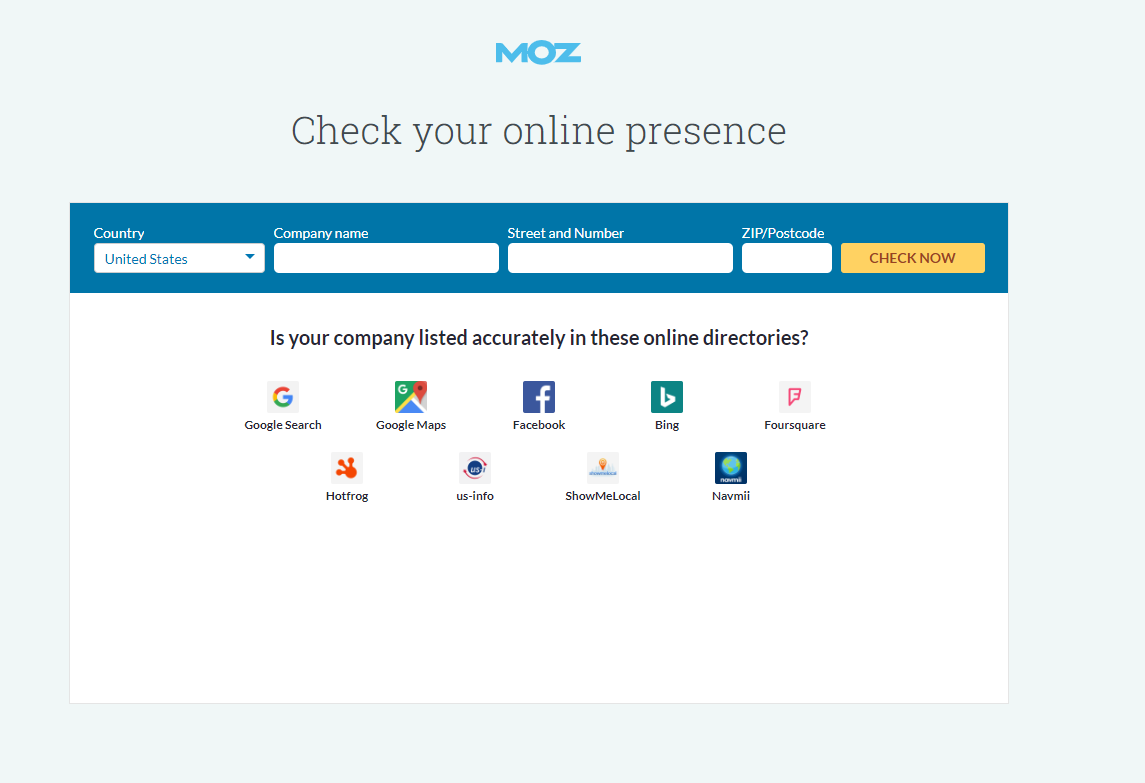
Entering your company name and other criteria. After that check on the site that you published your business and check.
- If you’re not yet on there, do exactly as Set your profile suggests.
- If your citations are not consistent, make them so.
More citations with Whitespark
This tool helps you find places you can enlist your business for local SEO exposure. It’s fast and furious.
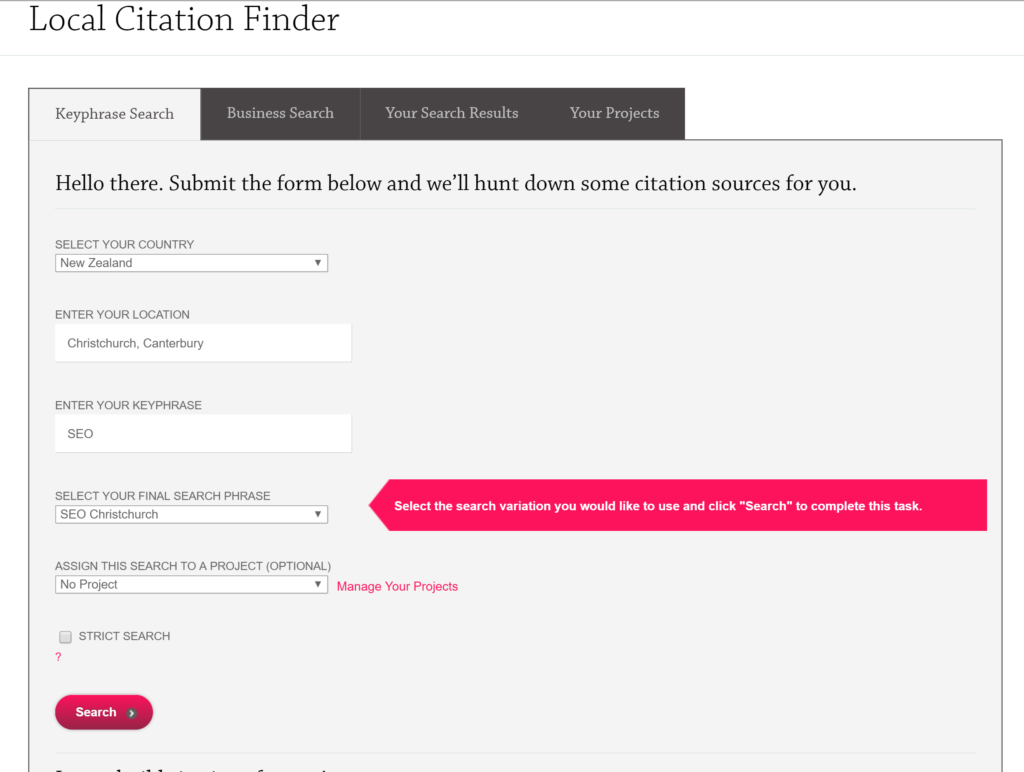
All you need to do is to fill in your keyword and the rest of the form as guided. Even though Whitespark does include paid-partnership, you can still find a lot of citation opportunities with a free account.
Monitor reviews
Going back to this SEPR picture.
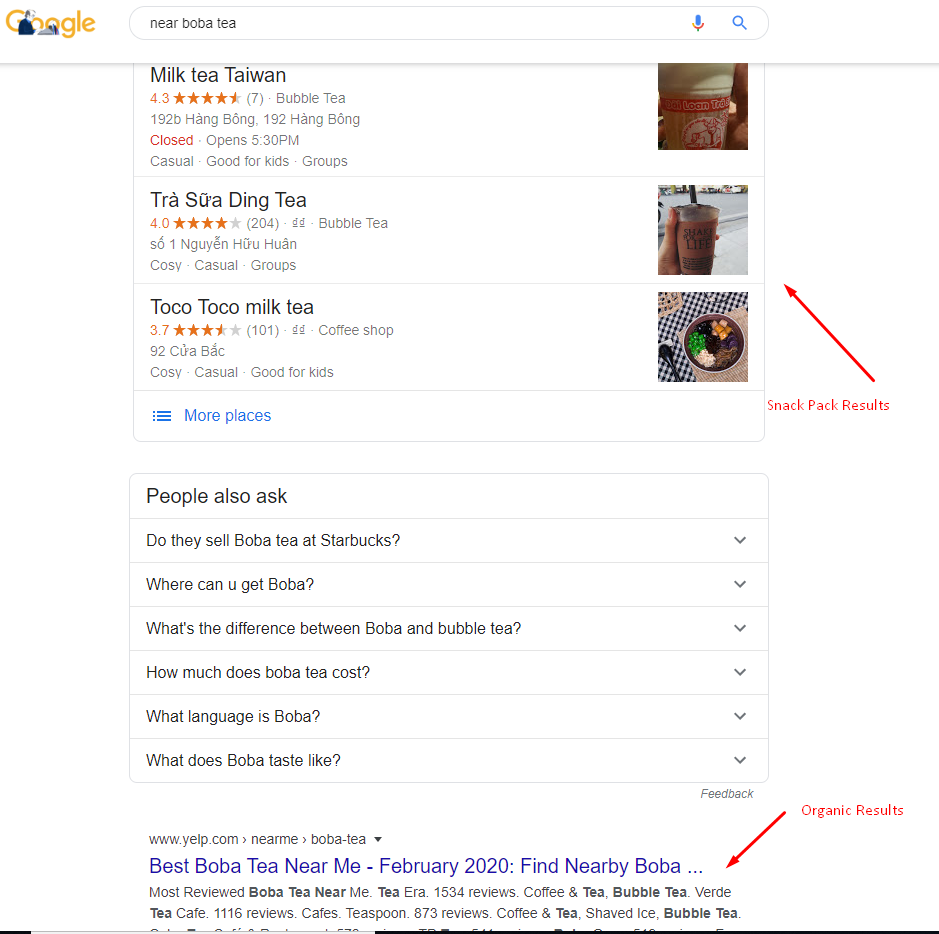
You can see the rating accumulated by Google through variable sources determining the ranking in snack pack results.
The higher the review is the better. Therefore, you need to carefully monitor your review, to keep it at a good rating (presumably more than 3.5 stars) to get featured on this box.
And I don’t mean it in the sense that you need to silence people with bad reviews. I’m just asking you to pay more attention to listen to your customers.
It’s free feedback, take it seriously. That’s how you do your business.
Out-source link building
If you’re a rather small business without the fund to run an entire marketing team. Out-source this job may be ideal for you.
Also, relying on veteran individuals/agencies is always a good investment. They know what they’re doing and you can get a bang for your buck.

There are a few notions that come with this approach though:
- Pick out the one with a higher trust signal.
- Still. Always review their work, some leads to keep an eye on,
- the domain,
- the link they placed,
- site history,
- index history.
That way you can be sure that the one you hire for the job is doing it right.
Wrapping up
Congratulations! You’ve finished this entire guide on how to SEO ecommerce website!
If you want a service to build your store from scratch and SEO-proof. We’ve got you covered!
And if you want further SEO inspection and advancement, check out our extensive SEO modules inventory!
Further questions and conversations are always welcomed. Let me know in the comment down below.
BSS Commerce is one of the leading Magento extension providers and web development services in the world. With experienced and certified Magento developers, we commit to bring high-quality products and services to optimize your business effectively. Furthermore, we offer FREE Installation – FREE 1-year Support and FREE Lifetime Update for every Magento extension.
CONTACT NOW to let us know your problems. We are willing to support you every time.
